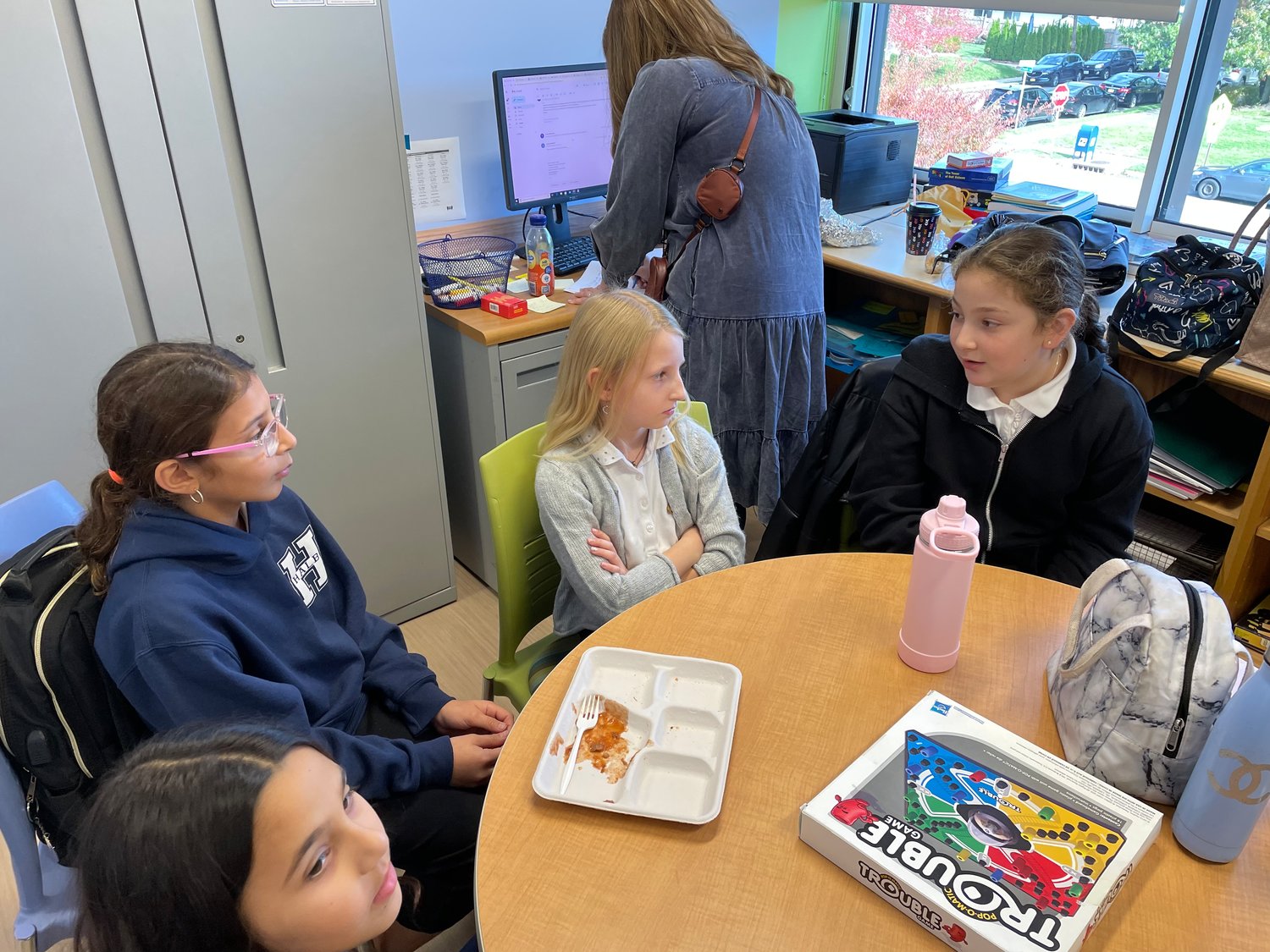Schools battle Covid's lingering effects
The coronavirus pandemic interrupted and upended traditional education, with schools pivoting as quickly as they could from in-person instruction to remote learning, and then devising hybrid models.
Two and a half years later, the pandemic’s effects still linger. Data from tests given to fourth- and eighth-graders across the country by the National Assessment of Educational Progress show a decline in math and reading comprehension skills.
To blunt the impact, schools across the Five Towns have been monitoring students to shore up their skills and fill in the learning gaps created by online learning.
Lawrence School District Superintendent Ann Pedersen said that the pandemic’s effects on students’ academic, social and emotional development varied with each grade level. The district’s testing data for children in third through eighth grade follow state trends, with higher scores in English Language Arts than in math.
“We match or exceed state averages for the third to eighth cohort in ELA,” Pedersen said. “In math, our economically disadvantaged students performed slightly higher that statewide data. There’s so many ways to look at numbers — we focus on looking at the skills.”
Lawrence teachers, Pedersen said, have adapted their instructional methods to meet students’ needs. By analyzing patterns of wrong answers on standardized tests, teachers have come to understand what they need to focus on, she added.
“We are strongly focusing on Wildly Important Goals for our students,” Pedersen said, using a phrase that is popular in the business world as well as education. “This starts with attendance and then moves to academics. Getting students and families to be able to know what skills they’re working on and having them see themselves moving toward that goal creates the partnership that yields success.”
Brian O’Connell, head of school at Lawrence Woodmere Academy, prepared the school’s teachers for online instruction, and monitored that instruction as well. The cameras on students’ home computers were required to be on at all times.
“As a private school, we made certain that they had their cameras on,” O’Connell said. “A key piece was to have that face-to-face teacher looking a student in the eye. Or a Zoom eye.”
Now, as the school has moved past the Zoom era and back to in-person learning, LWA is focusing more on cooperative learning than ever before. The school has created a performance-based assessment that it administers twice during the school year. Students are required to make a presentation on a topic they have covered in class, chosen by their teacher. “The best way to prevent slippage,” O’Connell said, “is good old-fashioned student engagement — rigorous tasks that they engage with.”
Richard Altabe, lower school principal at the Hebrew Academy of Long Beach, said that with the help of data provided by the Northwest Evaluation Association — a nonprofit that creates academic assessments that help determine students’ needs — HALB can track its students and know their strengths and weaknesses. The school tests students three times a year, in the fall, winter and spring.
“Students start at a certain level, (and) if they get a question right, they get a harder question,” David Marks, HALB’s director of blended learning and education analytics, explained. “If they get ones wrong, they get easier questions, enabling us to get a feel for where the student is.”
The school tested students in the winter of 2020, before in-person teaching was shut down, but did not resume testing until that fall. At that point, Marks did not notice any significant setbacks in third- through eighth-graders’ math or reading scores.
But when it came to the kindergartners of 2019-20 who moved on to first grade the following school year, teachers were “shocked,” Marks said, by the skill level of the students.
“Our students in kindergarten during the pandemic were basically where they left off in March when they went into first grade,” Marks said. Asked how the school responded to address the concern, he said that the curriculum was adjusted to focus on smaller groups in order to determine what skills the students needed to improve. “Some were unable to say their vowel sounds or put words together,” Marks recalled.
Another problem was the development of their social skills. “The problem we see today is more (on) the social-emotional level, and the anxiety in kids today,” Altabe said. “Much worse than ever before.”
To address those issues, HALB created a peer mediation program that launched on Oct. 31, using pandemic relief funding made available through the Emergency Assistance to Non-Public Schools program. Following the model of Creative Response to Conflict, a nonprofit that helps those dealing with conflicts turn them into positive experiences, 22 specially trained HALB fifth-graders now help younger schoolmates develop relationships and communication skills.
“Those who wished to volunteer had to apply,” Altabe said. “As part of the application process, they had to receive parental permission, and needed recommendations from teachers and peers.”
Creative Response to Conflict staff members Pricilla Prutzman and Tara Fishler trained the students for the program. The first day, Altabe recalled, he was almost in tears. “They train these peer mediators over 18 hours, and they’re unbelievable — they’re like mini social workers,” he said describing the fifth graders. “I was practically crying, that’s how good it was.”

 41.0°,
Fair
41.0°,
Fair 





